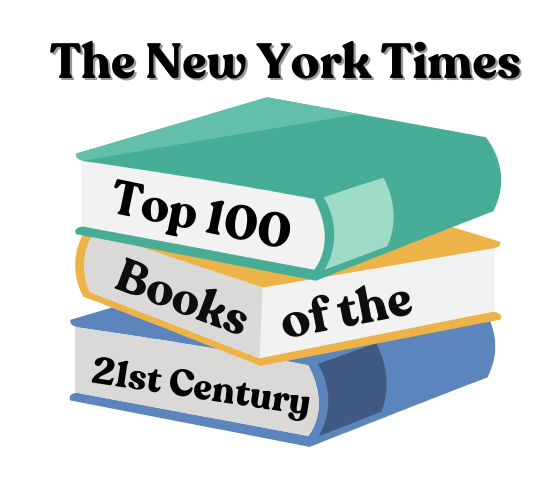
Over the summer, The New York Times released an article that has caused significant controversy in the literary world. The article claimed to present the top 100 books of the 21st century, but it has faced criticism since its release.
One major shortcoming of the list is the lack of diversity among the individuals chosen to evaluate the books.
The panel consisted primarily of literary critics, authors and academics, which reflected a significant academic bias.
While these individuals are undoubtedly well-versed in literature, their perspectives do not necessarily represent what makes a book “good.”
Additionally, the absence of everyday readers on the panel means that the list fails to capture a wide range of tastes and preferences, leaving many common readers feeling excluded from the conversation.
This lack of inclusivity raises an important question: Whose voices are truly valued in the literary landscape?
Beyond the issue of inclusivity, the list also has a limited representation of genres. It heavily favors literary fiction while pushing genres such as science fiction, fantasy, romance and non-fiction to the side.
Furthermore, modern forms of literature, including graphic novels and poetry, are noticeably absent.
This oversight is problematic, as our society is evolving and being shaped by a plethora of new storytelling and writing methods.
The failure to include these modern literary forms causes not only readers but also authors who might not follow traditional literary conventions to feel disregarded.
Finally, the criteria used to select the books on the list have also come under scrutiny.
The process allowed panelists to freely submit their top ten books without clear guidelines. This lack of a straightforward selection process can lead to inconsistencies, which undermines the credibility of the list.
Overall, while The New York Times’ list has sparked valuable conversations among avid readers and authors, it ultimately falls short by failing to represent the complexity of contemporary literature.
To accurately reflect the 21st century’s best books, future lists must include a broader range of voices, genres, and authors.
They can achieve this by incorporating everyday readers in the selection process and by making the criteria for what defines the “best” book more straightforward.